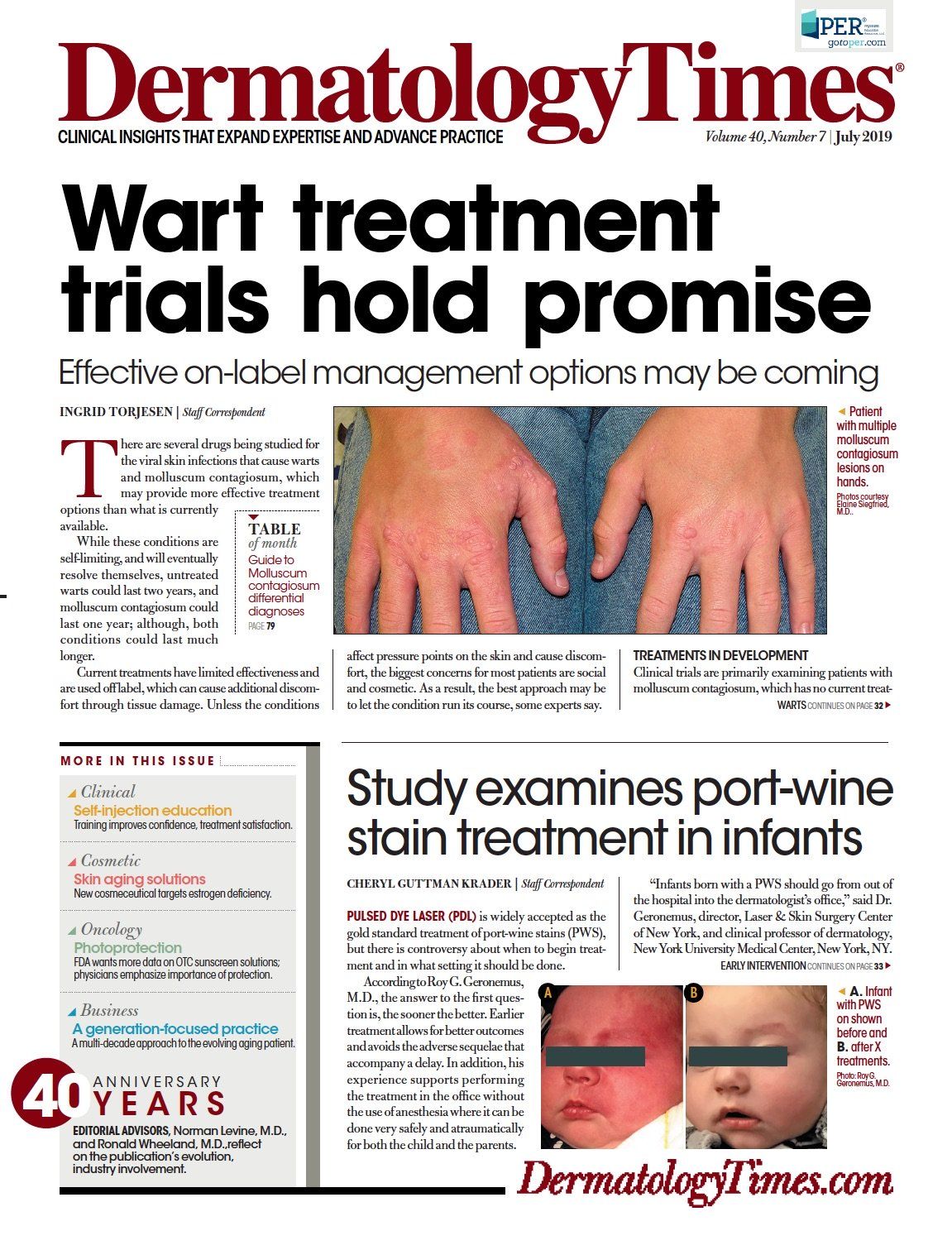- Case-Based Roundtable
- General Dermatology
- Eczema
- Chronic Hand Eczema
- Alopecia
- Aesthetics
- Vitiligo
- COVID-19
- Actinic Keratosis
- Precision Medicine and Biologics
- Rare Disease
- Wound Care
- Rosacea
- Psoriasis
- Psoriatic Arthritis
- Atopic Dermatitis
- Melasma
- NP and PA
- Skin Cancer
- Hidradenitis Suppurativa
- Drug Watch
- Pigmentary Disorders
- Acne
- Pediatric Dermatology
- Practice Management
- Prurigo Nodularis
- Buy-and-Bill
Publication
Article
Dermatology Times
5 Insights on launching a new practice
Author(s):
For many dermatologists, the idea of starting a practice may seem daunting. Learn from Terrence Keaney, M.D., FAAD, as he offers five things he's learned from opening his practice in 2017.
Dr. Keaney

For many dermatologists, the idea of starting a practice is a dream. While the concept of leaving the security of a hospital, health system or group practice can create feelings of freedom and independence, there can also be fear and plenty of “What ifs?”
Terrence Keaney, M.D., FAAD, co-founder and director of SkinDC in Arlington, Va., knows it’s a big step. He tells colleagues, however, that he practices with “no regrets” about his decision to open his practice in July 2017. He works in all of his chosen areas of expertise. “I wanted to create something bigger than myself,” he says.
The practice has seen more than 8,000 patients. Dr. Keaney says his practice breaks out into about 40% cosmetic and 60% medical. He currently employs five practitioners: the two co-founding dermatologists, two physician assistants and one aesthetician. He’s now doubling his office size to 18 rooms with cosmetic and medical wings, and he’s adding another dermatologist.
Dr. Keaney, who is assistant clinical faculty member with George Washington Hospital, Howard University Hospital and the Washington, D.C., VA Medical Center, says his office also is a study site for four clinical trials.
He shares five things he’s learned.
1. KNOW WHY YOU WANT YOUR OWN PRACTICE AND WHAT YOU WANT IN THAT PRACTICE.
You must determine if you prefer medical or cosmetic dermatology, Mohs surgery or clinical research - or maybe a combo. Also, do you want a small or large practice?
The pros: You have control of the schedule, the staff and the practice mix, and, ultimately, there is a long-term financial benefit.
The cons: Human resources headaches can abound, along with unpredictability, a lot of pressure and “work upon work.” You run a business and see patients, which is two jobs.
2. THERE ARE VARIOUS OPTIONS TO FINANCE YOUR BUSINESS.
You can either self-fund (Good for you!), seek investors - knowing you’re selling equity and losing control - or pursue a loan from a small, local bank or a larger one. Your start-up capital determines office space and medical device capability, while what you want to do determines how much capital you need. Remember to factor in soft costs of practice consultants, an attorney, accountant and architects.
3. THINK “LOCATION, LOCATION, LOCATION.”
Take a macro-level view and consider city vs urban environments, also look at the neighborhood. Evaluate the parts of town where people live or work and what kinds of other businesses are around: medical office vs commercial. You also want to know who the other dermatologists in the area are and where they are located. You can use the American Academy of Dermatology’s Find a Dermatologist tool and search the locations for the nearest dermatologists on Google Maps.
Dr. Keaney says he is positioned near the State Department offices and thriving security consulting firms, as well as organizations like Nestle, Amazon and Georgetown University. The closest dermatology practice is a few miles away.
4. DON’T BE AFRAID TO BUILD OUT AN OFFICE.
It isn’t cheap to build a new office, but it may not be as expensive as you think, due, in part, to more sophisticated, but less expensive, building materials. Hint: Use your architect as your interior designer.
You can buy or lease a space and use an attorney or tenant broker for detailed lease negotiations such as term, security deposit, tenant improvements and more. Go bigger than you need so you can expand. You don’t have to be in a medical building. Also, consider retail space, parking availability and convenience.
Take your time, he cautions. He took more than a year to secure and build out his space.
“The landlord would only lease us part of what we wanted,” he says. “It took time, patience and persistence, and the downside was that it delayed my opening, but I was the only dermatologist to push for this location.”
5. DON’T BE AFRAID TO PARTNER.
As in any relationship, tread carefully. Select a partner you know well and trust. Think of this as a “professional marriage” with shared costs and responsibilities.







